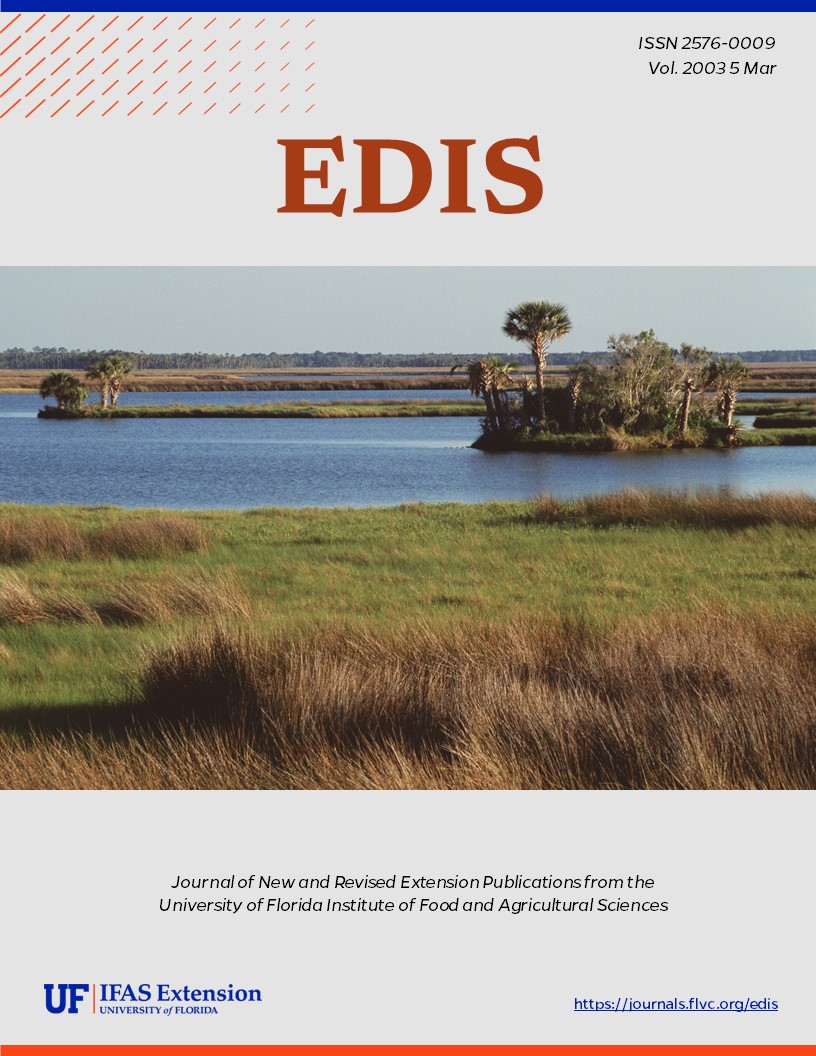Abstract
This document provides an overview of the sugarcane lace bug, Leptodictya tabida, detailing its discovery, distribution, morphology, and life cycle. First identified in Florida in 1990, this pest affects sugarcane fields, causing significant damage. The article describes the bug's physical characteristics, developmental stages, and host plants, including sugarcane and other grasses. It also discusses natural enemies and unsuccessful attempts to introduce biological control agents. The document emphasizes the need for further research to manage this pest effectively. Original publication date July 1998.
References
Chang, V.C.S. 1985. The sugarcane lace bug: a new insect pest in Hawaii. Ann. Conf. Report, Hawaiian Sugar Technol. 44: A27–A29.
Chang, V.C.S., and A.K. Ota. 1986. The sugarcane lacebug. Exp. Sta. Ann. Report, Hawaiian Sugar Planter's Assoc.: 24–26.
Early, M. 1986. Report on an exploratory trip to Costa Rica, Panama, Venezuela and Brazil. February 10–April 22, 1986. Hawaii Dept. Agr. unpubl. report. 21 pp.
Hall, O.G. 1990. The sugarcane lace bug, an insect pest new to Florida. Sugar J. 53: 10–11.
Hall, D.G. 1991. Sugarcane lace bug Leptodictya tabida, an insect pest new to Florida. Fla. Entomol. 74: 148–149.
Heidemann, O. 1913. The sugar-cane tingid from Mexico. J. Econ. Entomol. 6: 249–251.
Metcalfe, J.R. 1966. Report on a visit to study canefly (Saccharosydne saccharivora) (Westw.) in British Honduras, 14th April to 3rd May, 1966. Tech. Bull. Sug. Mfrs. Asso. Jamaica Entomol. No. 2/66, 9 pp. Abstract in Rev. Appl. Entomol., Ser. A. 56: 1399.

This work is licensed under a Creative Commons Attribution-NonCommercial-NoDerivatives 4.0 International License.
Copyright (c) 2003 UF/IFAS

